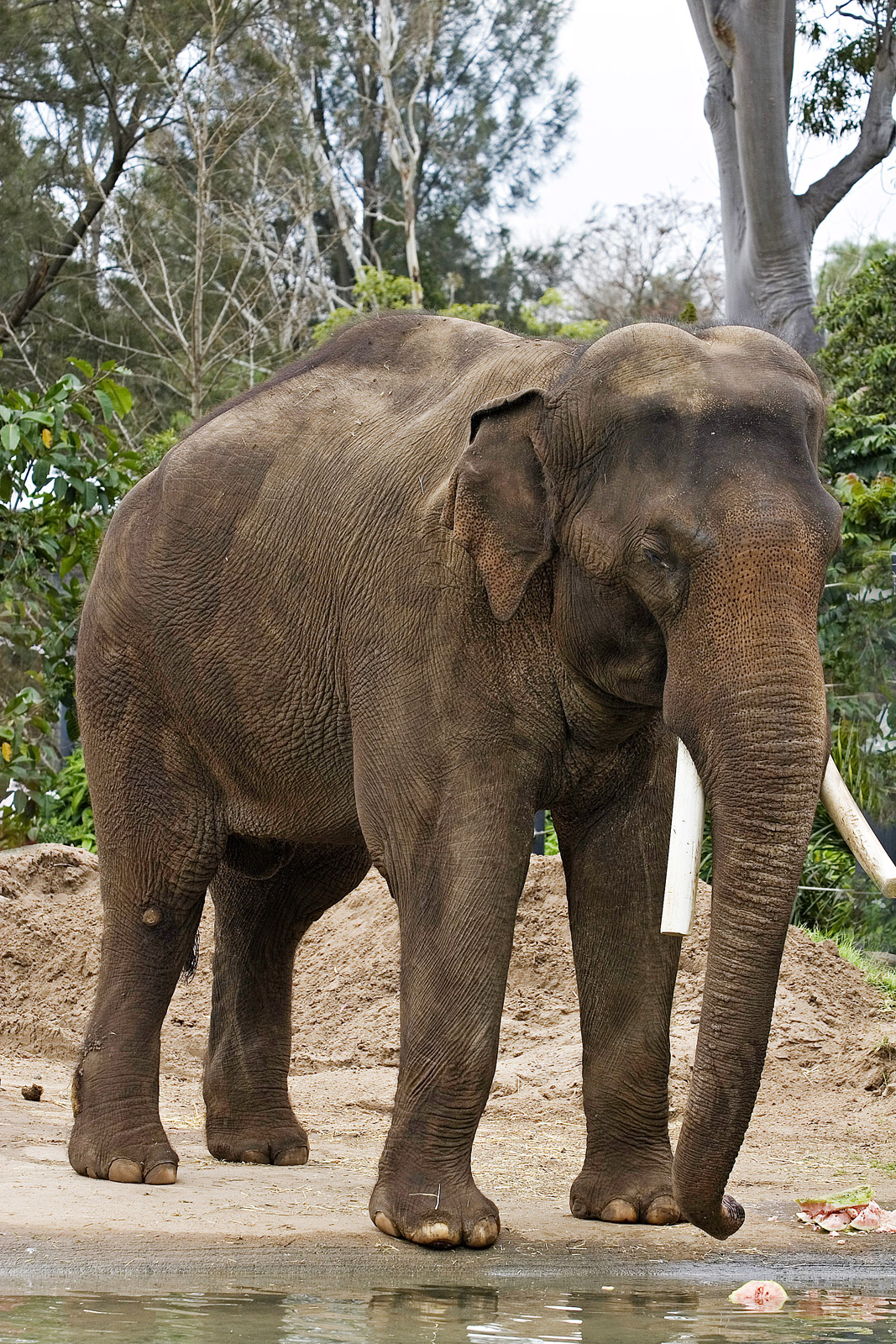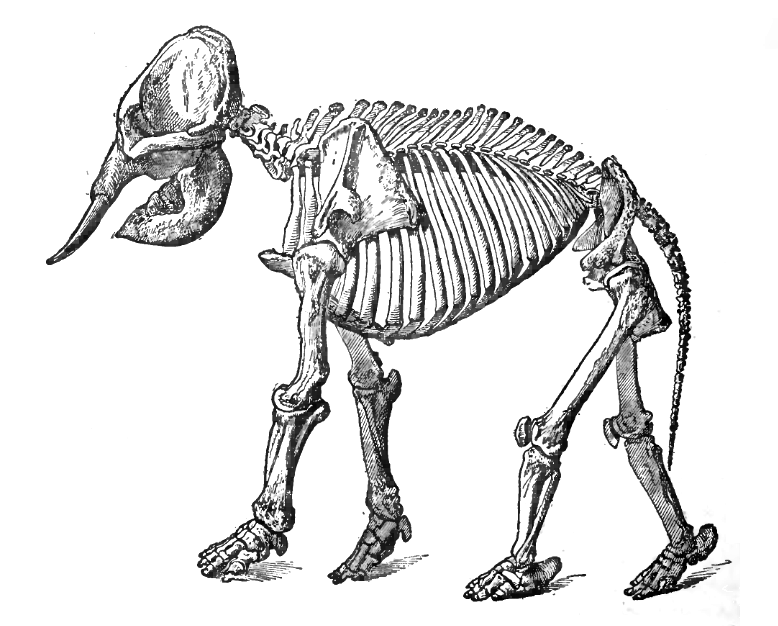|
Mammals Of Sri Lanka
This is a list of the mammal species recorded in Sri Lanka, with their respective names in Sinhala also listed. There are 125 mammal species in Sri Lanka, of which one is critically endangered, ten are endangered, ten are vulnerable, and three are near threatened. The following tags are used to highlight each species' conservation status as assessed by the International Union for Conservation of Nature: Some species were assessed using an earlier set of criteria. Species assessed using this system have the following instead of near threatened and least concern categories: Mammalian diversity Order: Proboscidea (elephants) Order: Sirenia (manatees and dugongs) Sirenia is an order of fully aquatic, herbivorous mammals that inhabit rivers, estuaries, coastal marine waters, swamps, and marine wetlands. All four species are endangered. *Genus: ''Dugong'' **Dugong, ''D. dugon'' මුහුදු ඌරා Order: Primates The order Primates contains humans and their ... [...More Info...] [...Related Items...] OR: [Wikipedia] [Google] [Baidu] |
Sinhala Language
Sinhala ( ; , ''siṁhala'', ), sometimes called Sinhalese (), is an Indo-Aryan languages, Indo-Aryan language primarily spoken by the Sinhalese people of Sri Lanka, who make up the largest ethnic group on the island, numbering about 16 million. Sinhala is also spoken as the first language by other ethnic groups in Sri Lanka, totalling about 2 million people as of 2001. It is written using the Sinhala script, which is a Brahmic scripts, Brahmic script closely related to the Grantha script of South India. Sinhala is one of the official and national languages of Sri Lanka. Along with Pali, it played a major role in the development of Theravada, Theravada Buddhist literature. The early form of the Sinhala language, is attested as early as the 3rd century BCE. The language of these inscriptions with long vowels and aspirated consonants is a Prakrit similar to Magadhi, a regional associate of the Middle Indian Prakrits that has been used during the time of the Buddha. The closest ... [...More Info...] [...Related Items...] OR: [Wikipedia] [Google] [Baidu] |
Lagomorpha
The lagomorphs are the members of the taxonomic order Lagomorpha, of which there are two living families: the Leporidae (hares and rabbits) and the Ochotonidae (pikas). The name of the order is derived from the Ancient Greek ''lagos'' (λαγώς, "hare") + ''morphē'' (μορφή, "form"). There are 110 recent species of lagomorph of which 109 are extant, including 34 species of pika, 42 species of rabbit, and 33 species of hare. Taxonomy and evolutionary history Other names used for this order, now considered synonymous, include: ''Duplicidentata'' - Illiger, 1811; ''Leporida'' - Averianov, 1999; ''Neolagomorpha'' - Averianov, 1999; ''Ochotonida'' - Averianov, 1999; and ''Palarodentia'' - Haeckel, 1895, Lilian, 2016. The evolutionary history of the lagomorphs is still not well understood. Until recently, it was generally agreed that '' Eurymylus'', which lived in eastern Asia and dates back to the late Paleocene or early Eocene, was an ancestor of the lagomorphs. More re ... [...More Info...] [...Related Items...] OR: [Wikipedia] [Google] [Baidu] |
Human
Humans (''Homo sapiens'') are the most abundant and widespread species of primate, characterized by bipedalism and exceptional cognitive skills due to a large and complex brain. This has enabled the development of advanced tools, culture, and language. Humans are highly social and tend to live in complex social structures composed of many cooperating and competing groups, from families and kinship networks to political states. Social interactions between humans have established a wide variety of values, social norms, and rituals, which bolster human society. Its intelligence and its desire to understand and influence the environment and to explain and manipulate phenomena have motivated humanity's development of science, philosophy, mythology, religion, and other fields of study. Although some scientists equate the term ''humans'' with all members of the genus ''Homo'', in common usage, it generally refers to ''Homo sapiens'', the only extant member. Anatomically moder ... [...More Info...] [...Related Items...] OR: [Wikipedia] [Google] [Baidu] |
Primate
Primates are a diverse order of mammals. They are divided into the strepsirrhines, which include the lemurs, galagos, and lorisids, and the haplorhines, which include the tarsiers and the simians (monkeys and apes, the latter including humans). Primates arose 85–55 million years ago first from small terrestrial mammals, which adapted to living in the trees of tropical forests: many primate characteristics represent adaptations to life in this challenging environment, including large brains, visual acuity, color vision, a shoulder girdle allowing a large degree of movement in the shoulder joint, and dextrous hands. Primates range in size from Madame Berthe's mouse lemur, which weighs , to the eastern gorilla, weighing over . There are 376–524 species of living primates, depending on which classification is used. New primate species continue to be discovered: over 25 species were described in the 2000s, 36 in the 2010s, and three in the 2020s. Primates have large bra ... [...More Info...] [...Related Items...] OR: [Wikipedia] [Google] [Baidu] |
Dugong
The dugong (; ''Dugong dugon'') is a marine mammal. It is one of four living species of the order Sirenia, which also includes three species of manatees. It is the only living representative of the once-diverse family Dugongidae; its closest modern relative, Steller's sea cow (''Hydrodamalis gigas''), was hunted to extinction in the 18th century. The dugong is the only sirenian in its range, which spans the waters of some 40 countries and territories throughout the Indo-West Pacific. The dugong is largely dependent on seagrass communities for subsistence and is thus restricted to the coastal habitats which support seagrass meadows, with the largest dugong concentrations typically occurring in wide, shallow, protected areas such as bays, mangrove channels, the waters of large inshore islands and inter-reefal waters. The northern waters of Australia between Shark Bay and Moreton Bay are believed to be the dugong's contemporary stronghold. Like all modern sirenians, the dugong ... [...More Info...] [...Related Items...] OR: [Wikipedia] [Google] [Baidu] |
Sri Lankan Elephant
The Sri Lankan elephant (''Elephas maximus maximus'') is native to Sri Lanka and one of three recognised subspecies of the Asian elephant. It is the type subspecies of the Asian elephant and was first described by Carl Linnaeus under the binomial ''Elephas maximus'' in 1758. The Sri Lankan elephant population is now largely restricted to the dry zone in the north, east and southeast of Sri Lanka. Elephants are present in Udawalawe National Park, Yala National Park, Lunugamvehera National Park, Wilpattu National Park and Minneriya National Park but also live outside protected areas. It is estimated that Sri Lanka has the highest density of elephants in Asia. Human-elephant conflict is increasing due to conversion of elephant habitat to settlements and permanent cultivation. Characteristics In general, Asian elephants are smaller than African elephants and have the highest body point on the head. The tip of their trunk has one finger-like process. Their back is convex or ... [...More Info...] [...Related Items...] OR: [Wikipedia] [Google] [Baidu] |
Asian Elephant - Melbourne Zoo
{{disambiguation ...
Asian may refer to: * Items from or related to the continent of Asia: ** Asian people, people in or descending from Asia ** Asian culture, the culture of the people from Asia ** Asian cuisine, food based on the style of food of the people from Asia ** Asian (cat), a cat breed similar to the Burmese but in a range of different coat colors and patterns * Asii (also Asiani), a historic Central Asian ethnic group mentioned in Roman-era writings * Asian option, a type of option contract in finance * Asyan, a village in Iran See also * * * East Asia * South Asia * Southeast Asia * Asiatic (other) Asiatic refers to something related to Asia. Asiatic may also refer to: * Asiatic style, a term in ancient stylistic criticism associated with Greek writers of Asia Minor * In the context of Ancient Egypt, beyond the borders of Egypt and the cont ... [...More Info...] [...Related Items...] OR: [Wikipedia] [Google] [Baidu] |
Asian Elephant
The Asian elephant (''Elephas maximus''), also known as the Asiatic elephant, is the only living species of the genus ''Elephas'' and is distributed throughout the Indian subcontinent and Southeast Asia, from India in the west, Nepal in the north, Sumatra in the south, and to Borneo in the east. Three subspecies are recognised—'' E. m. maximus'' from Sri Lanka, ''E. m. indicus'' from mainland Asia and '' E. m. sumatranus'' from the island of Sumatra. Formerly, there was also the Syrian elephant or Western Asiatic elephant (''Elephas maximus asurus'') which was the westernmost population of the Asian elephant (''Elephas maximus''). This subspecies became extinct in ancient times. Skeletal remains of ''E. m. asurus'' have been recorded from the Middle East: Iran, Iraq, Syria, and Turkey from periods dating between at least 1800 BC and likely 700 BC. It is one of only three living species of elephants or elephantids anywhere in the world, the others being the African bus ... [...More Info...] [...Related Items...] OR: [Wikipedia] [Google] [Baidu] |
Cetacea
Cetacea (; , ) is an infraorder of aquatic mammals that includes whales, dolphins, and porpoises. Key characteristics are their fully aquatic lifestyle, streamlined body shape, often large size and exclusively carnivorous diet. They propel themselves through the water with powerful up-and-down movement of their tail which ends in a paddle-like fluke, using their flipper-shaped forelimbs to maneuver. While the majority of cetaceans live in marine environments, a small number exclusively reside in brackish water or fresh water. Having a cosmopolitan distribution, they can be found in some rivers and all of Earth's oceans, and many species inhabit vast ranges where they migrate with the changing of the seasons. Cetaceans are famous for their high intelligence and complex social behaviour as well as for the enormous size of some of the group's members, such as the blue whale which reaches a maximum confirmed length of 29.9 meters (98 feet) and a weight of 173 tonnes (190 short to ... [...More Info...] [...Related Items...] OR: [Wikipedia] [Google] [Baidu] |
Artiodactyla
The even-toed ungulates (Artiodactyla , ) are ungulates—hoofed animals—which bear weight equally on two (an even number) of their five toes: the third and fourth. The other three toes are either present, absent, vestigial, or pointing posteriorly. By contrast, odd-toed ungulates bear weight on an odd number of the five toes. Another difference between the two is that many other even-toed ungulates (with the exception of Suina) digest plant cellulose in one or more stomach chambers rather than in their intestine as the odd-toed ungulates do. Cetaceans (whales, dolphins, and porpoises) evolved from even-toed ungulates, and are therefore often classified under the same taxonomic branch because a species cannot outgrow its evolutionary ancestry; some modern taxonomists combine the two under the name Cetartiodactyla , while others opt to include cetaceans in the already-existing Artiodactyla. The roughly 270 land-based even-toed ungulate species include pigs, peccaries, hippopo ... [...More Info...] [...Related Items...] OR: [Wikipedia] [Google] [Baidu] |
Pholidota
Pangolins, sometimes known as scaly anteaters, are mammals of the order Pholidota (, from Ancient Greek ϕολιδωτός – "clad in scales"). The one extant family, the Manidae, has three genera: '' Manis'', ''Phataginus'', and ''Smutsia''. ''Manis'' comprises the four species found in Asia, while ''Phataginus'' and ''Smutsia'' include two species each, all found in sub-Saharan Africa. These species range in size from . A number of extinct pangolin species are also known. Pangolins have large, protective keratin scales, similar in material to fingernails and toenails, covering their skin; they are the only known mammals with this feature. They live in hollow trees or burrows, depending on the species. Pangolins are nocturnal, and their diet consists of mainly ants and termites, which they capture using their long tongues. They tend to be solitary animals, meeting only to mate and produce a litter of one to three offspring, which they raise for about two years. Pangolins ... [...More Info...] [...Related Items...] OR: [Wikipedia] [Google] [Baidu] |




.jpg)

_male_head.jpg)

